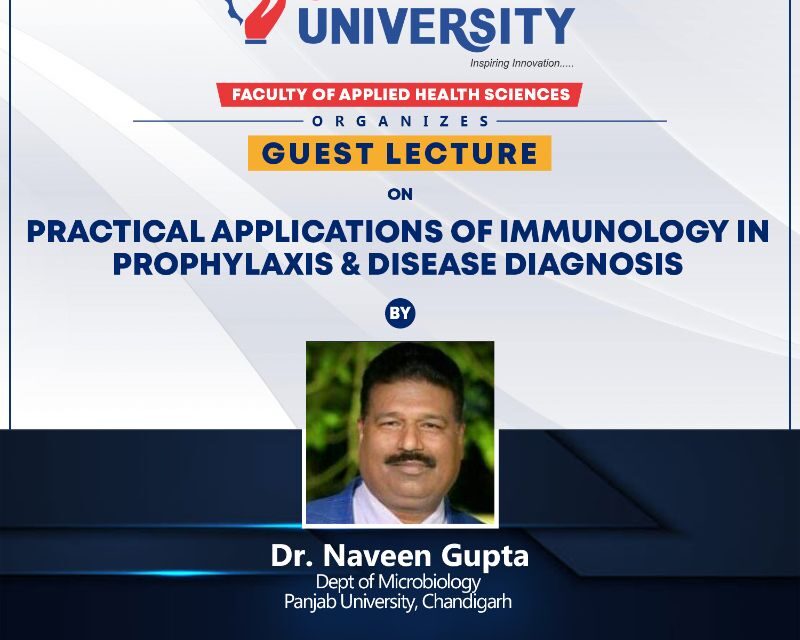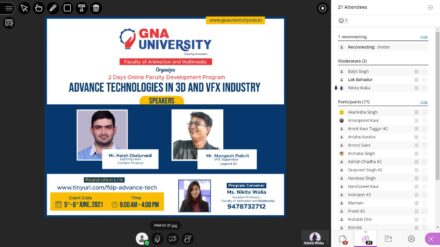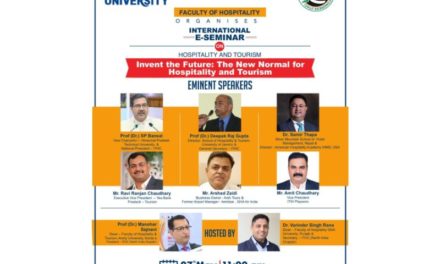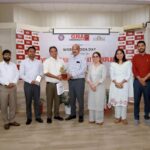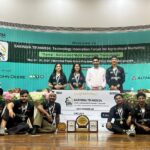In this Lecture, Dr. Naveen Gupta firstly explained the basics of immunology i.e. it is the science which concerned with immune response to foreign challenges and then the different types of immunology, their importance and the role in the immunological responses. He described about vaccine and the general mechanism of Active immunity. After that he explained the different types of the vaccines. Different types of vaccines are live attenuated vaccines, inactivated vaccines, subunit vaccines, toxoid vaccines, conjugate vaccines, DNA vaccines, recombinant vector vaccines. He elucidates the methodology and working of each vaccines. How the vaccines were made. The methodology of each type of vaccines is different. He also explained the modern technology of vaccines production. How we can decrease the production time of the vaccines. He also told us the pros and cons of each type of vaccine and most of the viral vaccine and some few bacterial vaccines are live attenuated. The examples of live attenuated vaccines are: tuberculosis, oral polio vaccine, measles, rotavirus, and yellow fever vaccines. The Inactivated whole cell vaccines are made from microorganisms that have been killed through physical or chemical processes. The examples are whole cell pertussis vaccine and inactivated polio virus vaccine. Sir explained that toxoid vaccines are based on the toxin produced by certain bacteria so, that these can be chemically modified to retain the antigenicity and eliminate the toxicity. Sir told us that conjugate vaccines are made up of combination of a weak antigen with a strong antigen as a carrier so that the immune system has a stronger response to the weak antigen. Combination vaccines consist of two or more antigen in the same preparation and this approach has been used for over 50 years. He explicates in detail the important COVID-19 vaccines such as sputnik, covishield and covaxin. He told us their action, efficacy and side effects. After that he explained the different methods foe antigen-antibody detection such as Precipitation, Agglutination, Hemagglutination, Viral neutralization test, Radio immunoassays, Enzyme linked immuno sorbent assay (ELISA), Immunoflourescence and Immunoblotting. He explained each test and methods in details with examples. He also provided the video links for each techniques which will be very helpful for the students. He also explained the blood grouping and the detection methods for them. And in the Last, he also explained how we diagnosed different types of diseases by using these techniques.
He motivated the students by delivering his talk towards Immunological Techniques and their role in disease diagnosis. Around 23 candidates (Students from FAHS, guests, faculty members) were participated in this webinar.
Outcome of the Activity
Students learn the role and importance of various immunological techniques, their principle, working and how they play an important role in disease diagnosis.

